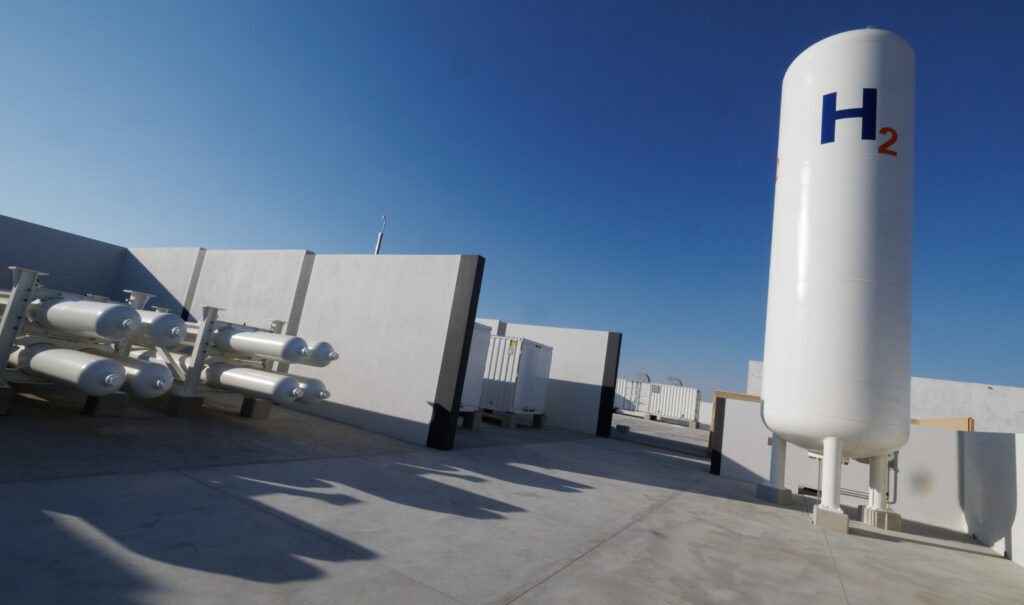A final investment agreement has been reached for the renewable hydrogen plant in Zeebrugge, announced Belgium-based energy company Virya Energy in a press release on Thursday.
Renewable hydrogen (also called "green hydrogen"), is created by electrolysing water to separate the oxygen and hydrogen molecules. This process is entirely powered by renewable electricity. The hydrogen can then serve as a raw material or as an energy source for industrial and mobility applications.
The hydrogen plant is part of the Hyoffwind project, an initiative that aims to install the first industry-scale renewable hydrogen plant in Belgium. In theory, this would make Belgium's energy system less dependent on foreign energy imports, especially natural gas (LNG).
The first green hydrogen is due to be produced in 2026 and Virya Energy hopes the wind-powered plant will save 25,000 tonnes of CO2 emissions in the mobility and industrial sectors. "Hyoffwind is a major step towards fostering the emergence of hydrogen ecosystems in the Benelux, bringing the EU closer to climate neutrality," the company stated.
In the last few years, the EU has pushed to expand its green hydrogen industry and aims to produce and import 10 million tonnes of renewable hydrogen by 2030.
But numerous environmental groups and energy experts have warned against the hydrogen "hype". Whilst on paper the technology would provide a means of decarbonising the economy, in reality producing green hydrogen is a highly energy-intensive process that would have to be scaled up hugely to meet industrial needs. Critics of the nascent energy have called for Europe's hydrogen strategy to be revised and it is widely argued that far greater emissions cuts could be realised by rendering existing processes more energy efficient.
Belgium's hydrogen plant project is led by a consortium that also includes Hyoffgreen, Messer, John Cockerill and Besix as partners.

